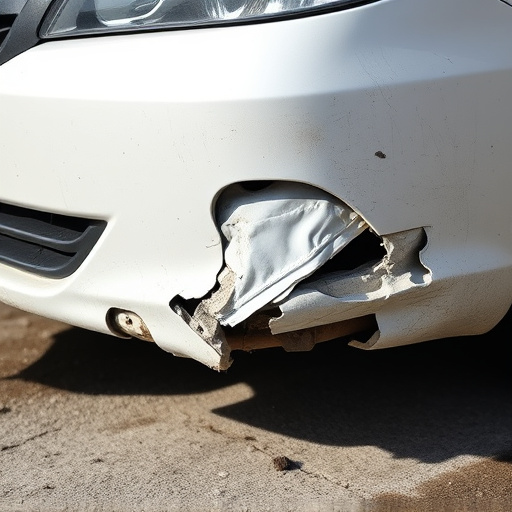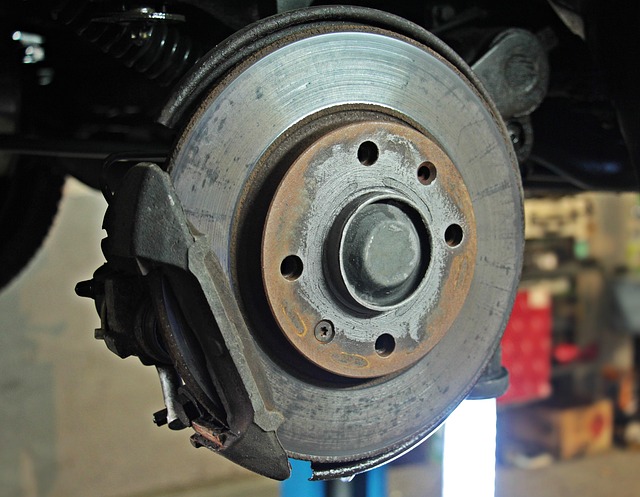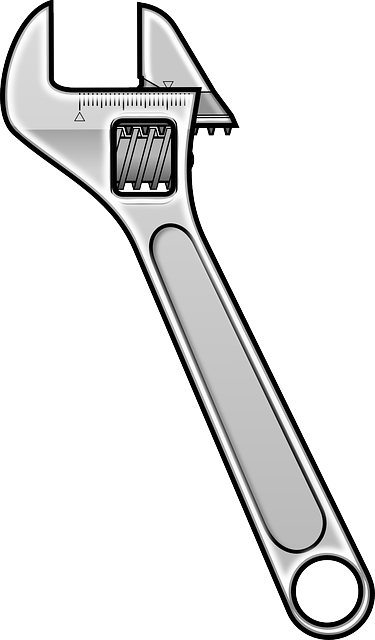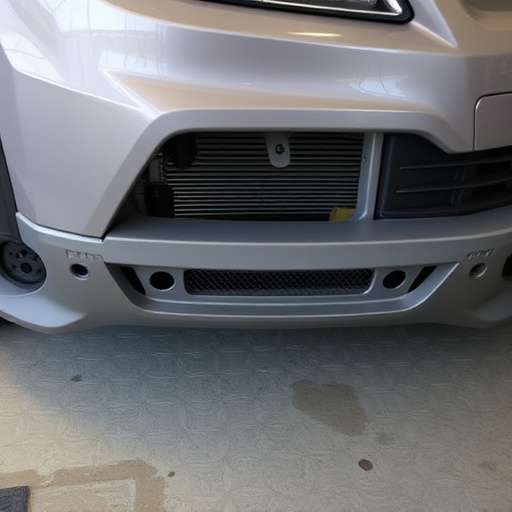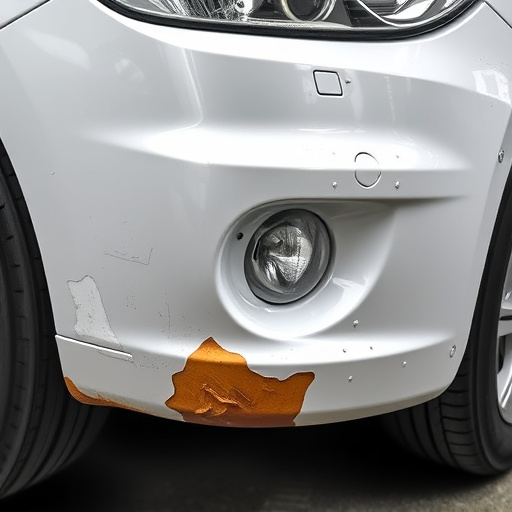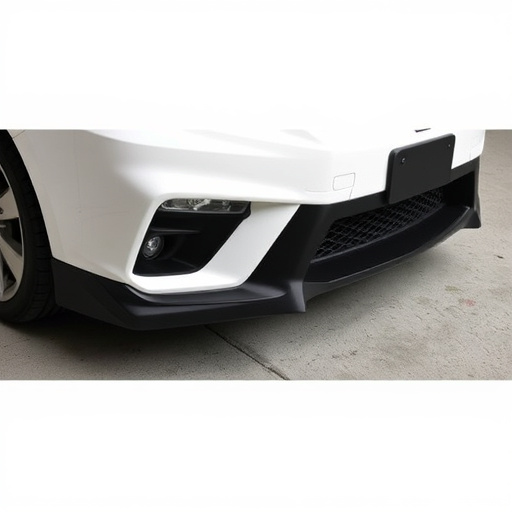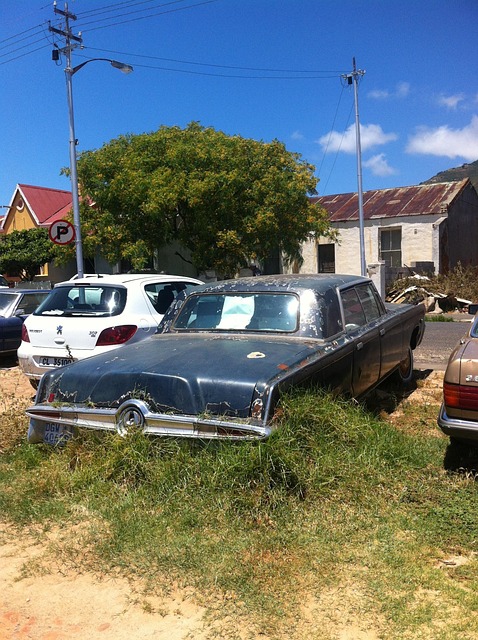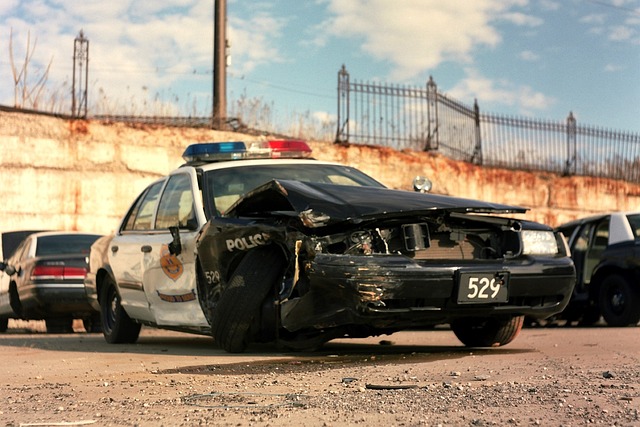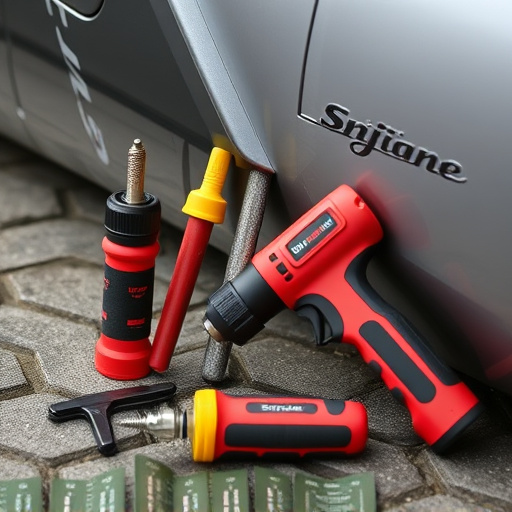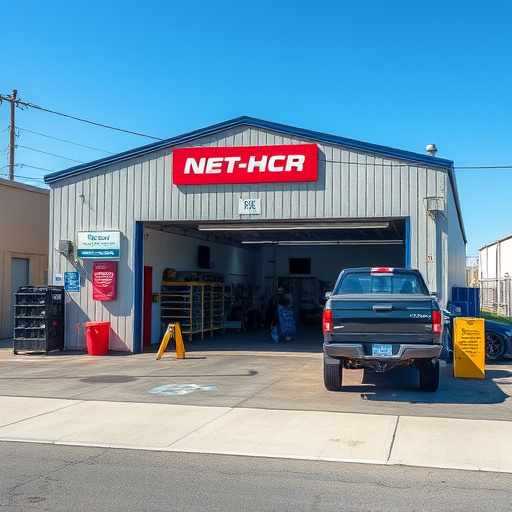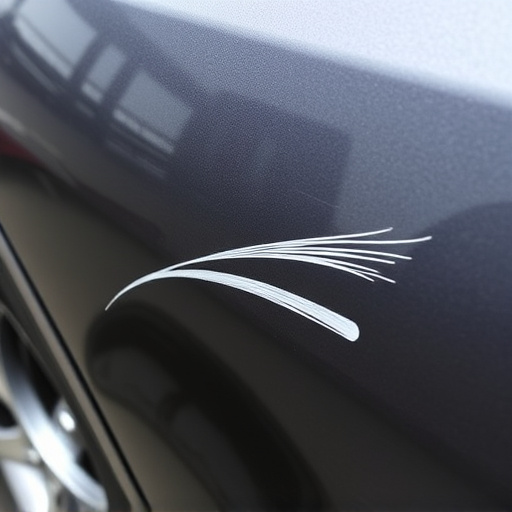Structural integrity restoration is a critical process that ensures damaged buildings meet safety standards by reinforcing key components like walls, beams, and columns. While DIY enthusiasts might handle minor issues, complex situations require professional intervention due to the need for specialized skills, engineering knowledge, and advanced tools. Skipping preparation steps or using improper techniques can lead to future structural damage. Professionals guarantee longevity, improved structural integrity, and peace of mind, making them indispensable for intricate restoration projects.
In today’s do-it-yourself era, many homeowners attempt structural integrity restoration projects. However, this field demands precision and expertise due to its critical role in ensuring building safety and longevity. This article explores the risks associated with DIY attempts at structural integrity restoration. We’ll delve into common mistakes, compare professional vs. DIY approaches, and provide insights to help you make informed decisions, emphasizing the importance of understanding the basics for maintaining robust structural integrity.
- Understanding Structural Integrity Restoration: The Basics
- Common DIY Mistakes that Compromise Structural Integrity
- Professional vs DIY: Weighing the Risks and Benefits
Understanding Structural Integrity Restoration: The Basics

Structural integrity restoration is a critical process aimed at reinforcing and revitalizing damaged structures to ensure they meet safety standards. It involves assessing, repairing, or replacing components like walls, beams, and columns that bear the weight of a building. This meticulous task demands precision and adherence to engineering principles to maintain the structural soundness of a property.
Whether it’s an old home undergoing renovation or a commercial building requiring repairs after a natural disaster, understanding structural integrity restoration is paramount. DIY enthusiasts may be tempted to tackle minor issues themselves, but more complex situations often necessitate the expertise of professionals who offer vehicle repair services for structures, similar to how auto body shops specialize in vehicle repairs. Tire services are another aspect that, while not directly related, highlights the comprehensive care needed for holistic structural health, as even seemingly unrelated components can significantly impact overall integrity.
Common DIY Mistakes that Compromise Structural Integrity
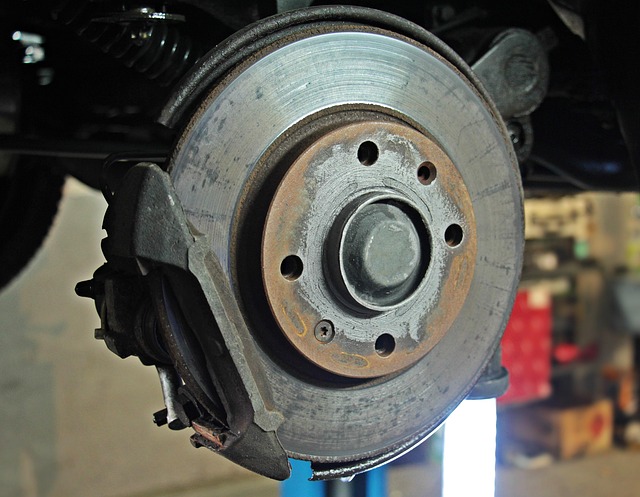
DIY projects can be tempting when it comes to restoring your vehicle’s structural integrity, but many enthusiasts make mistakes that compromise the final result. One common error is attempting to handle complex repairs without proper training or tools. Structural integrity restoration requires precision and knowledge of materials; a haphazard approach can lead to weak spots and long-term issues. For instance, using subpar materials or incorrect techniques in car repair services, such as Mercedes Benz repair, might save time but will weaken the vehicle’s framework over time.
Another mistake is not taking safety precautions, especially when dealing with vehicle bodywork. Ignoring personal protective equipment (PPE) can result in injuries and messy repairs. Moreover, skipping important steps like proper preparation and surface treatment before painting or sealing can cause poor adhesion, leading to future structural damage. These DIY blunders highlight the importance of seeking professional guidance for intricate car repair services, ensuring long-lasting structural integrity restoration results.
Professional vs DIY: Weighing the Risks and Benefits
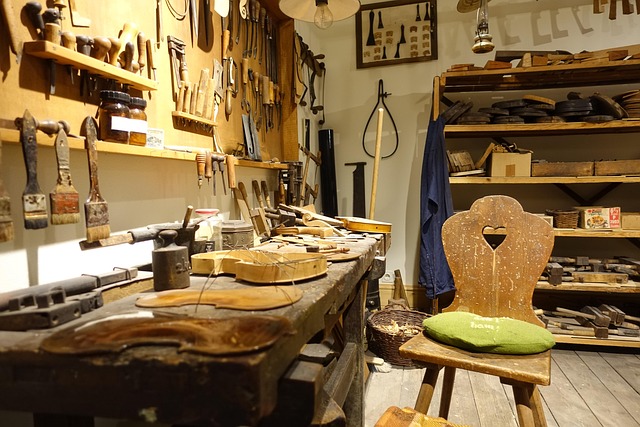
When it comes to structural integrity restoration, whether you choose to go the professional route or attempt DIY can significantly impact the outcome and your safety. While do-it-yourself (DIY) projects can be satisfying and cost-effective for minor repairs, structural integrity restoration often requires specialized skills, knowledge of engineering principles, and access to advanced tools not typically found in a standard home garage.
Professional restorers possess the expertise and experience needed to assess complex issues, ensuring every repair aligns with safety standards and building codes. They employ state-of-the-art equipment and materials designed for durability and strength. Conversely, DIY auto collision repair or car body repair might offer temporary solutions but could lead to long-term structural weaknesses if not executed correctly. Benefits of professional restoration include guaranteed longevity, improved overall structural integrity, and peace of mind knowing your property is in capable hands.
While DIY approaches can be tempting for cost-saving measures, it’s crucial to recognize the potential risks associated with structural integrity restoration. Many common mistakes, such as improper techniques or material selection, can compromise the building’s overall stability and safety. Therefore, when dealing with critical repairs, consulting professionals is essential to ensure a job well done and maintain long-term structural integrity. Weighing the benefits of expertise against DIY challenges, homeowners can make informed decisions to protect their investments.

